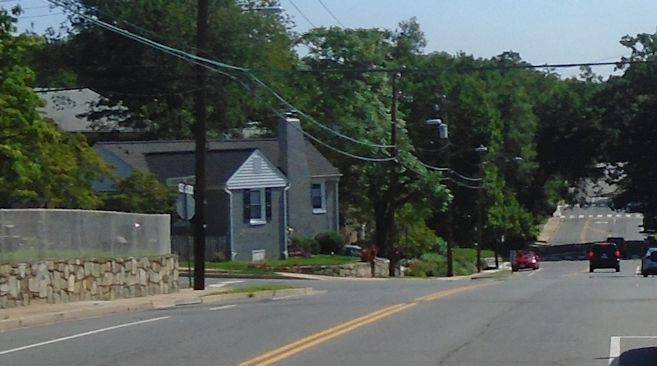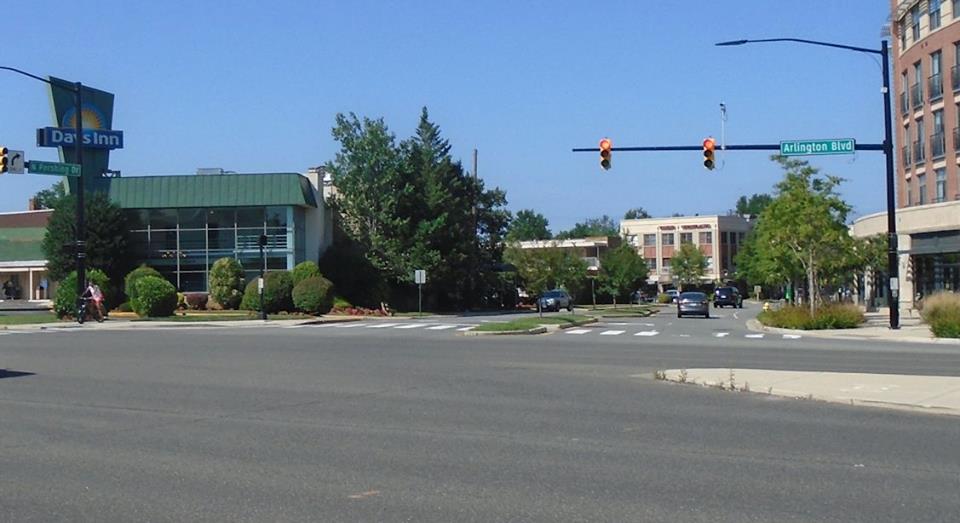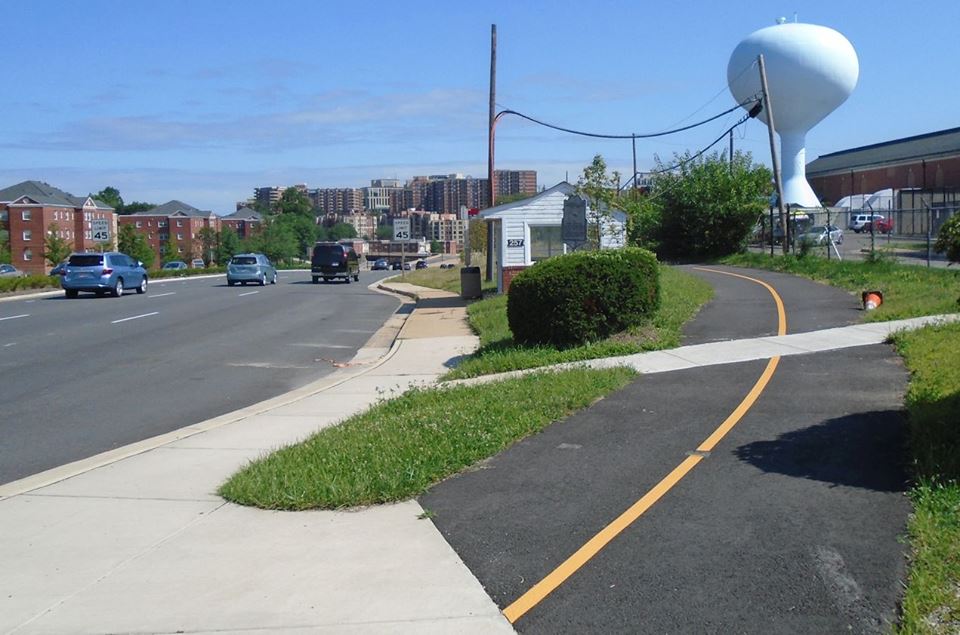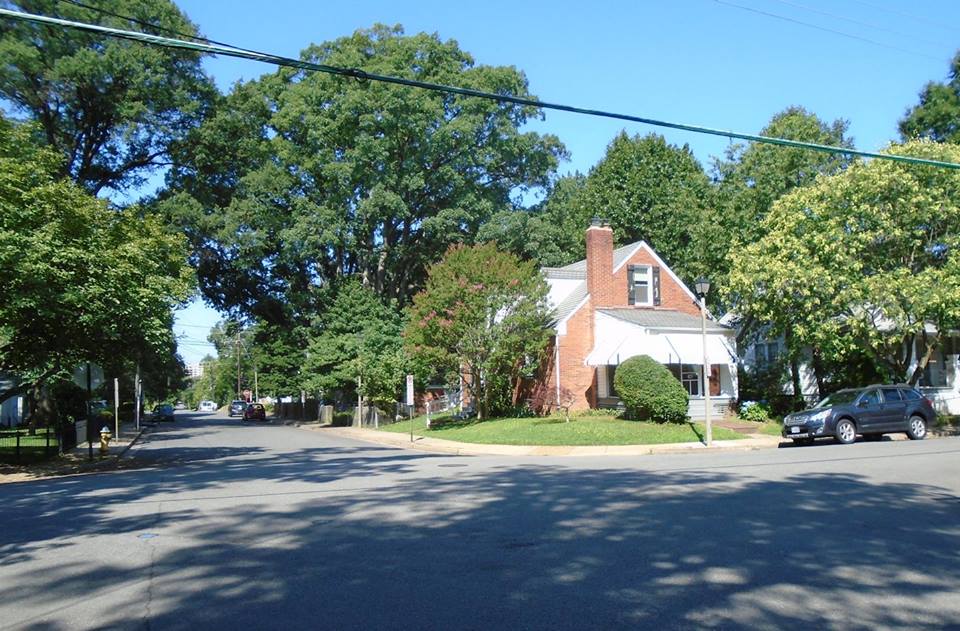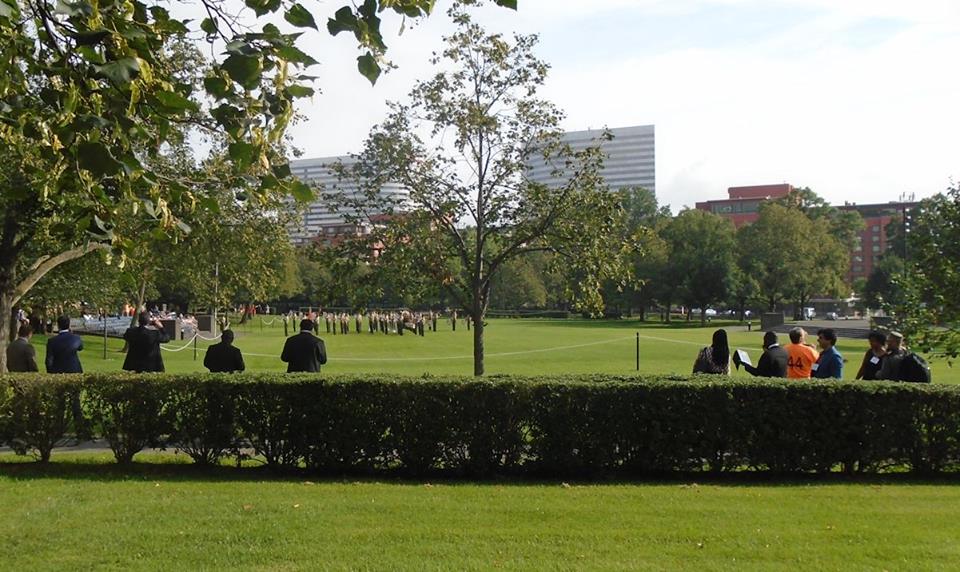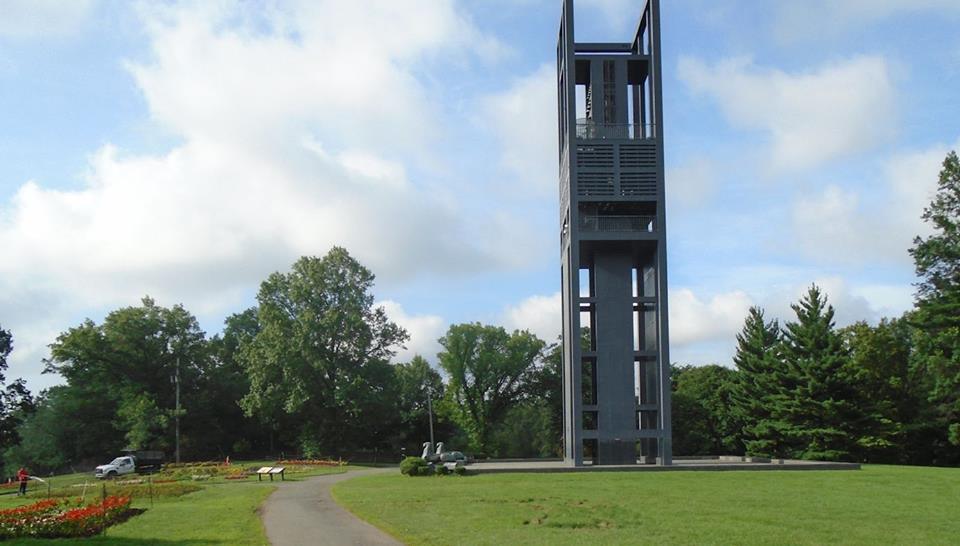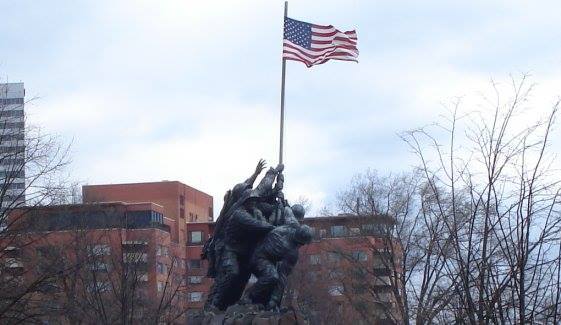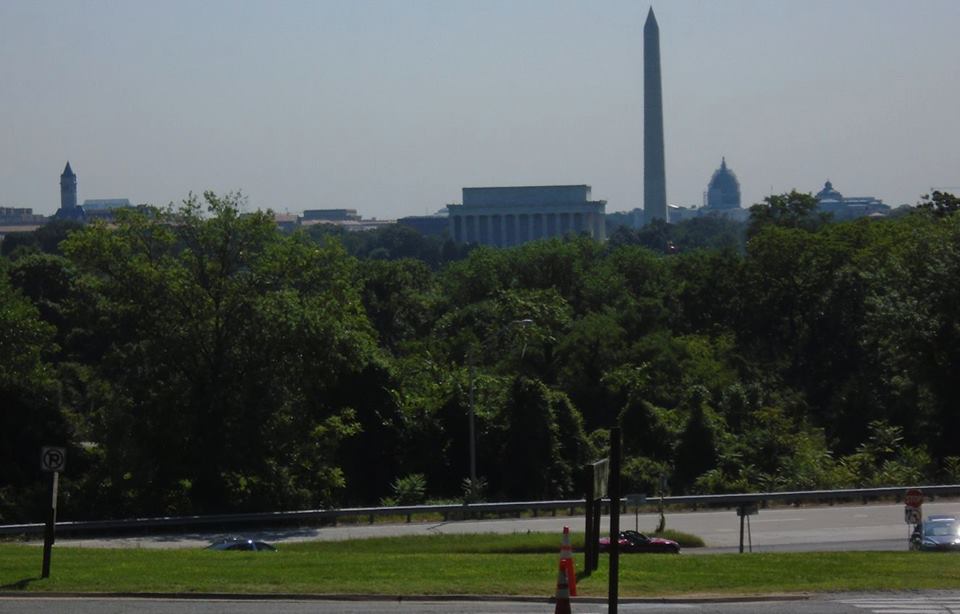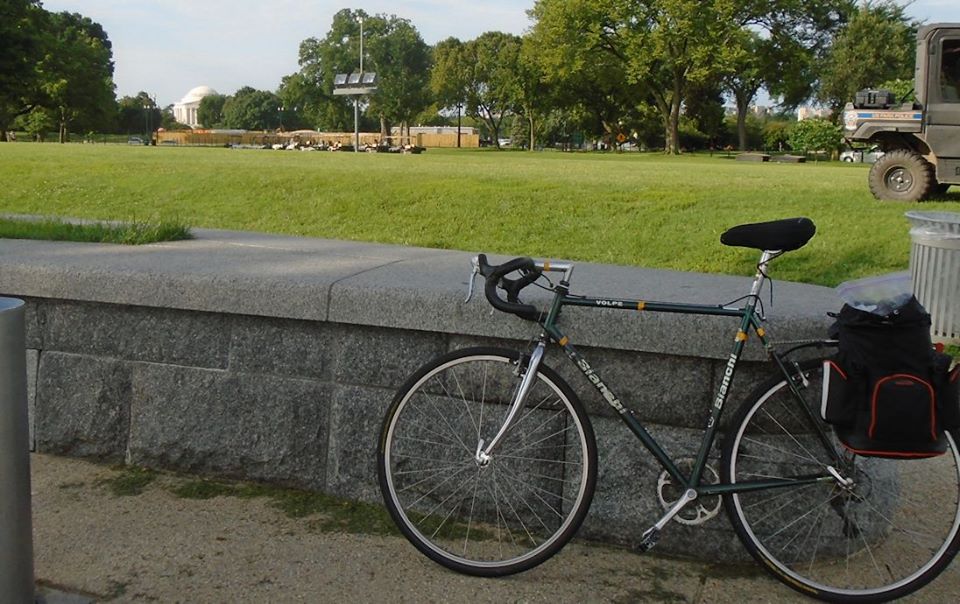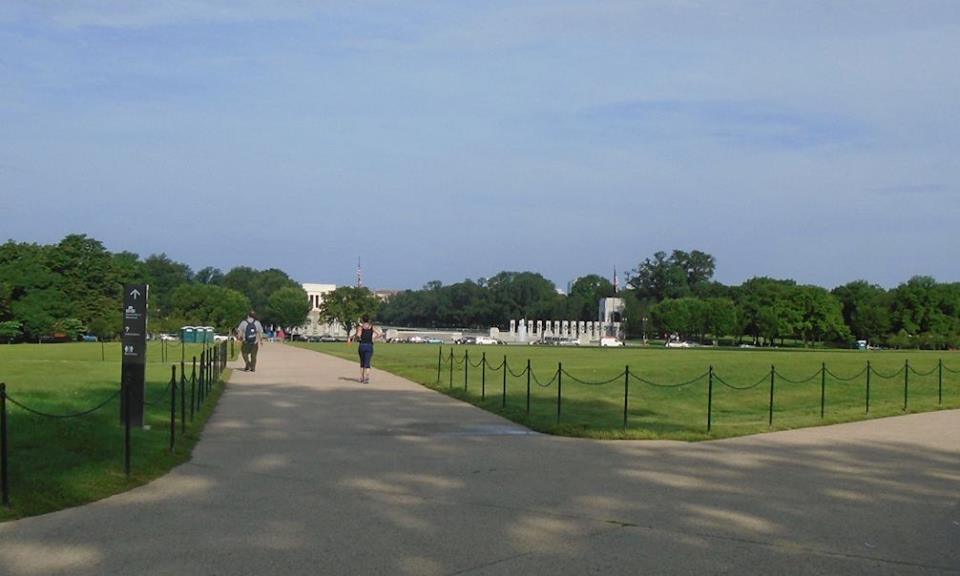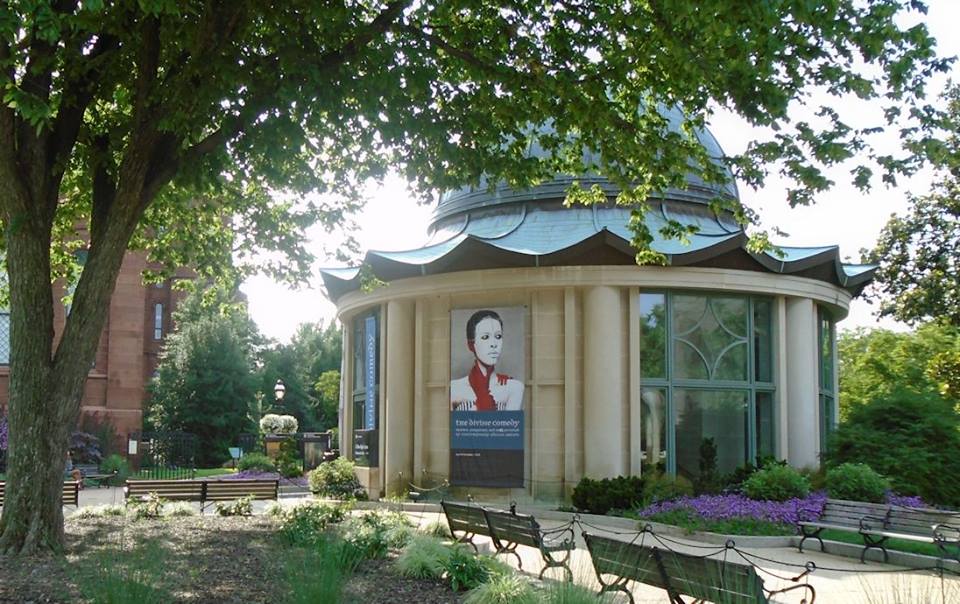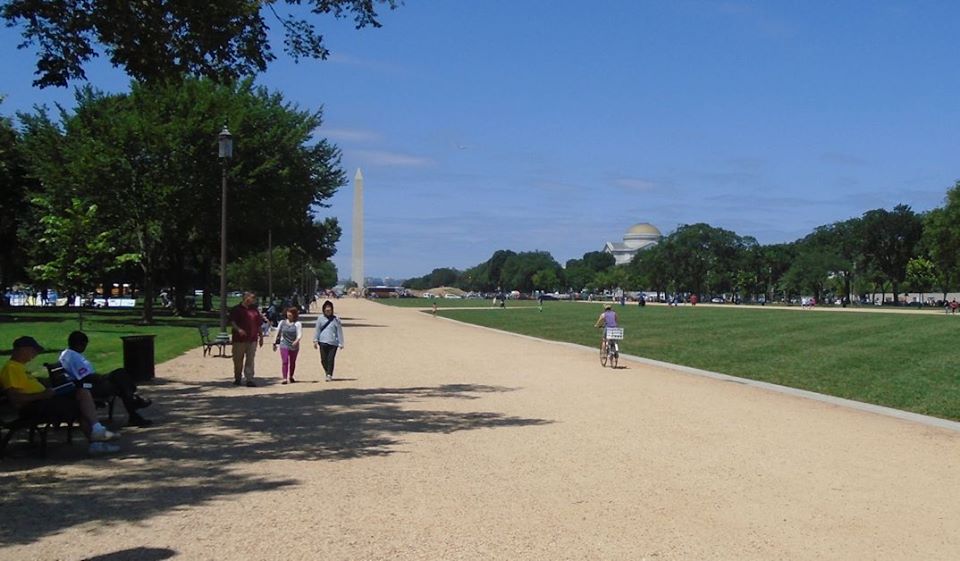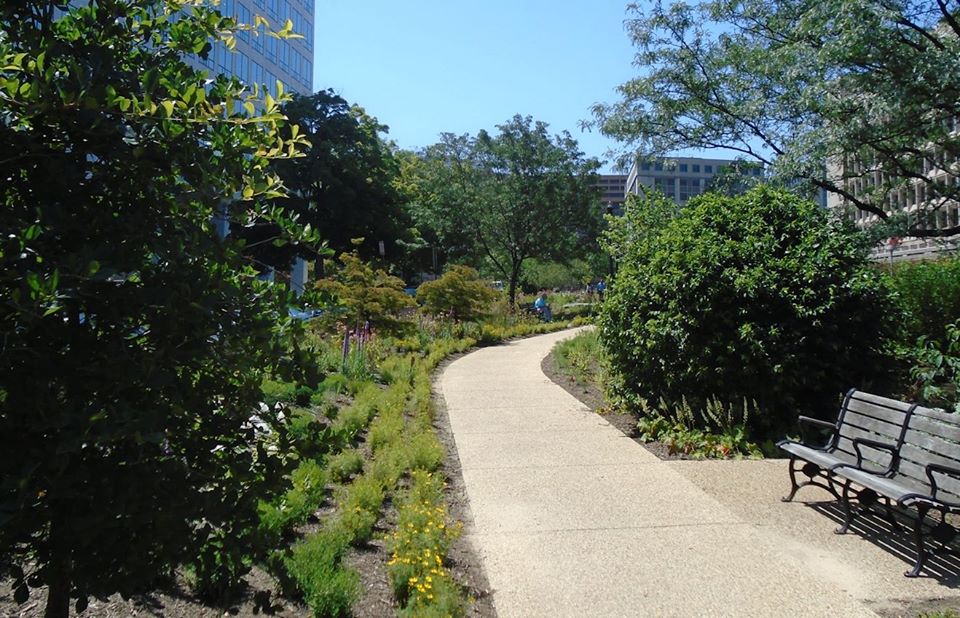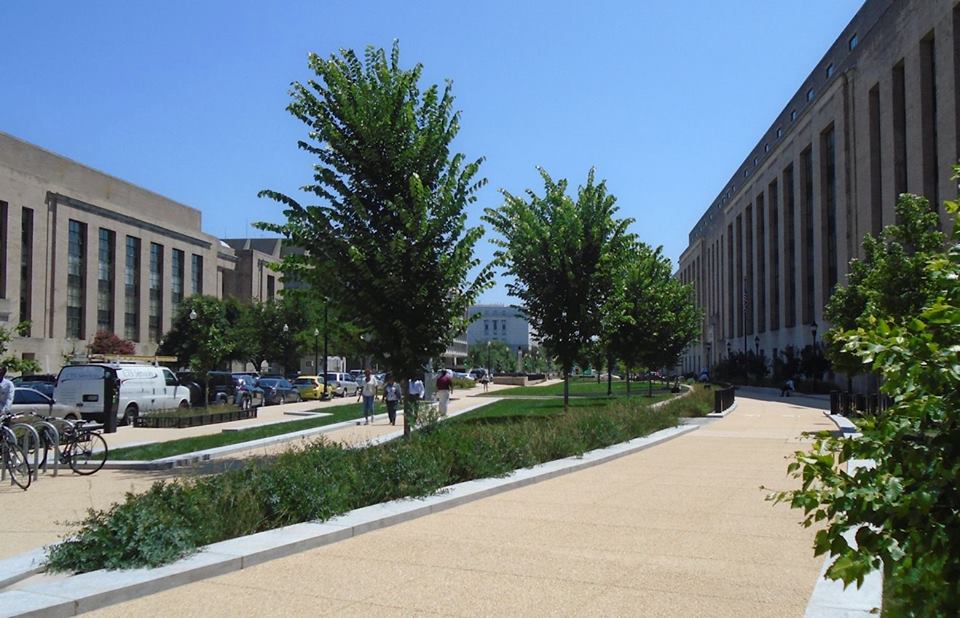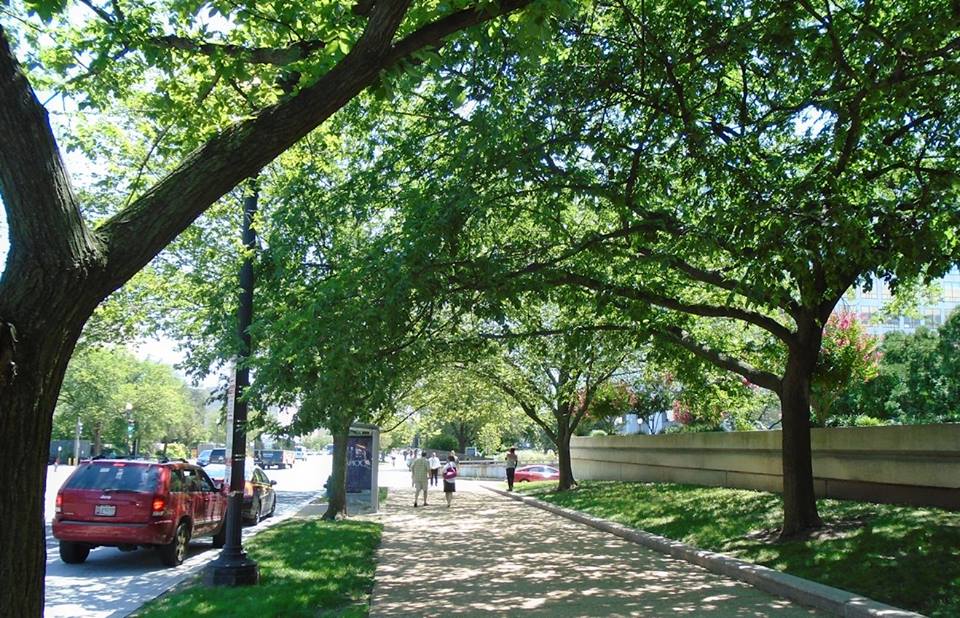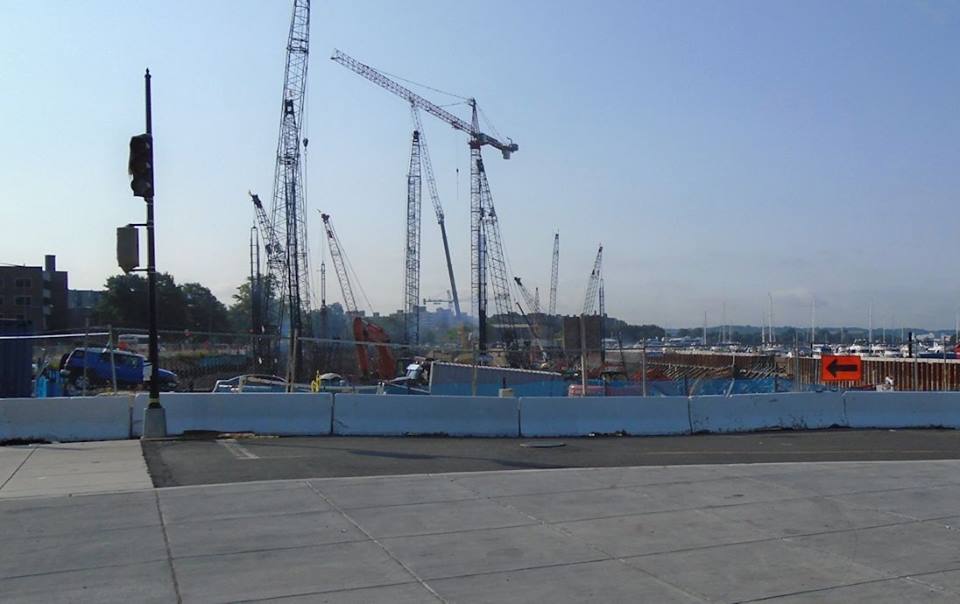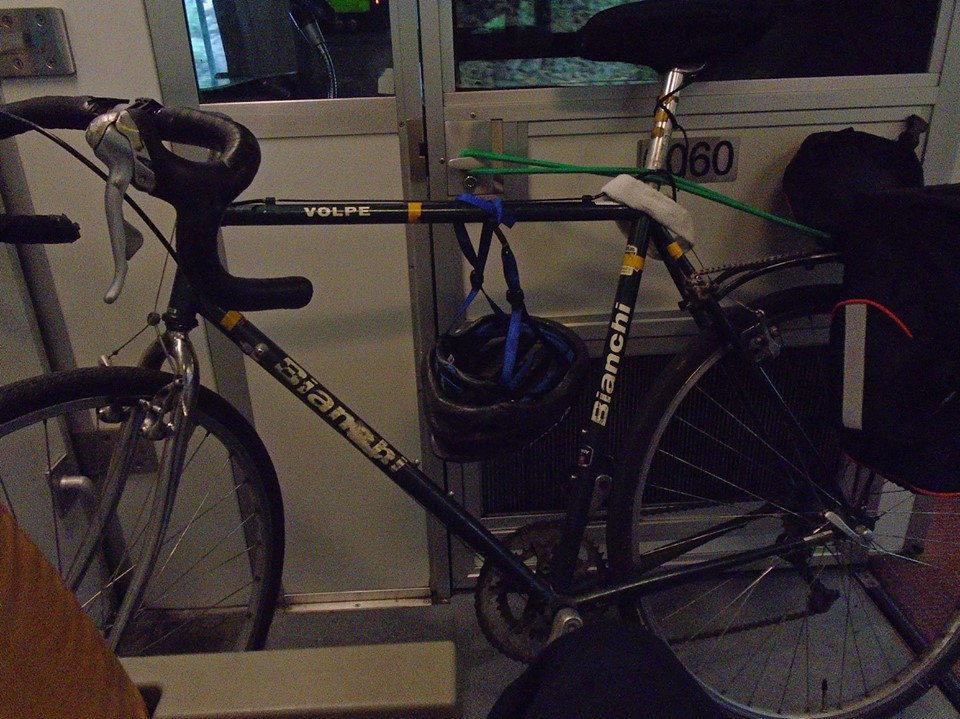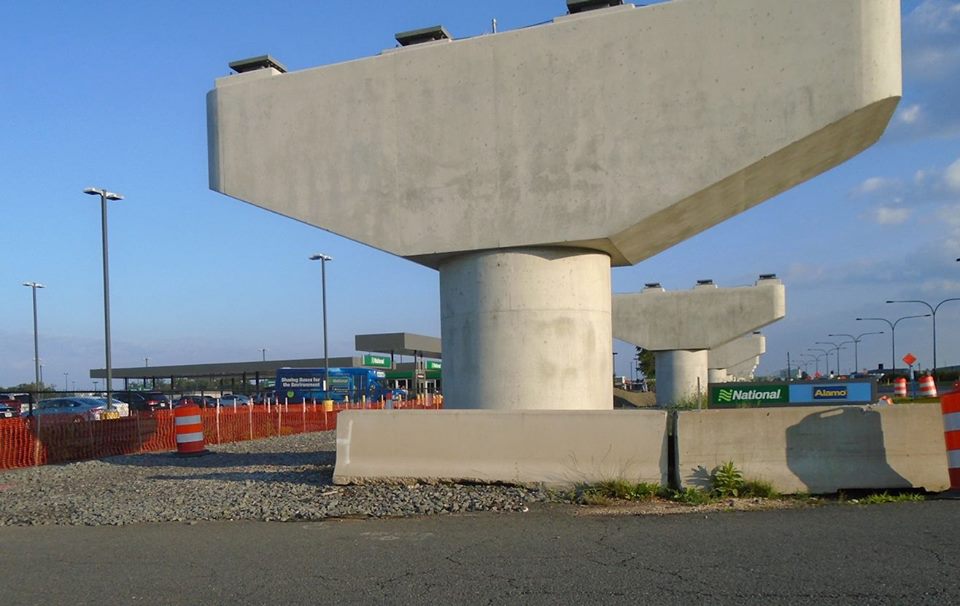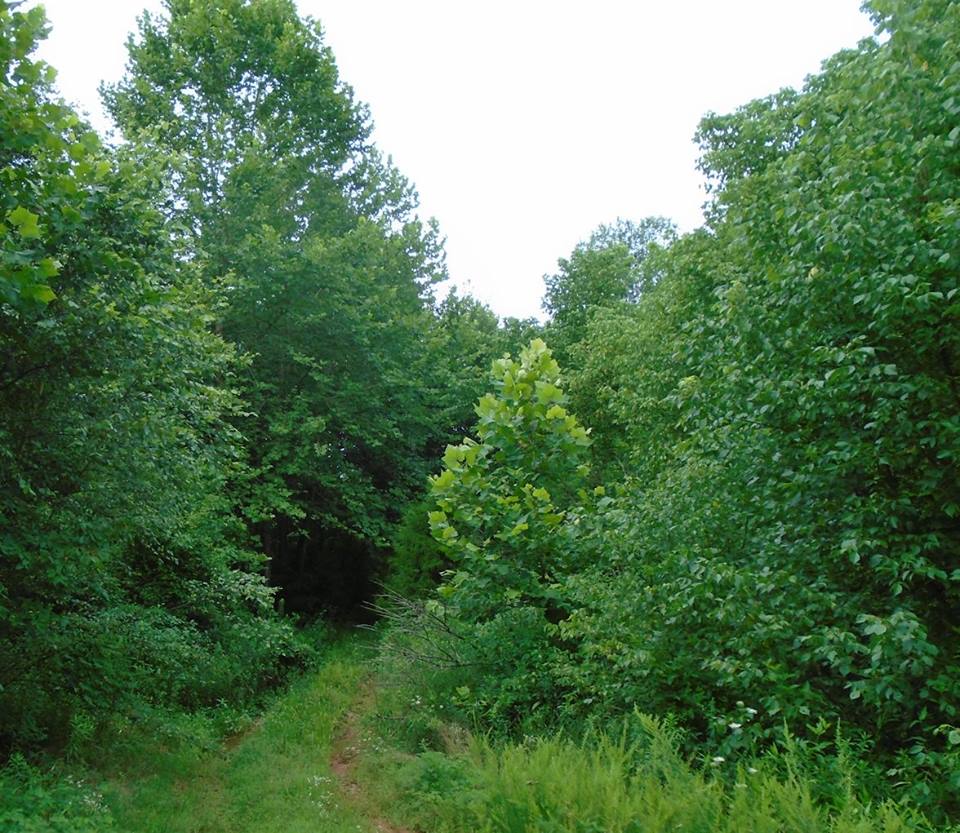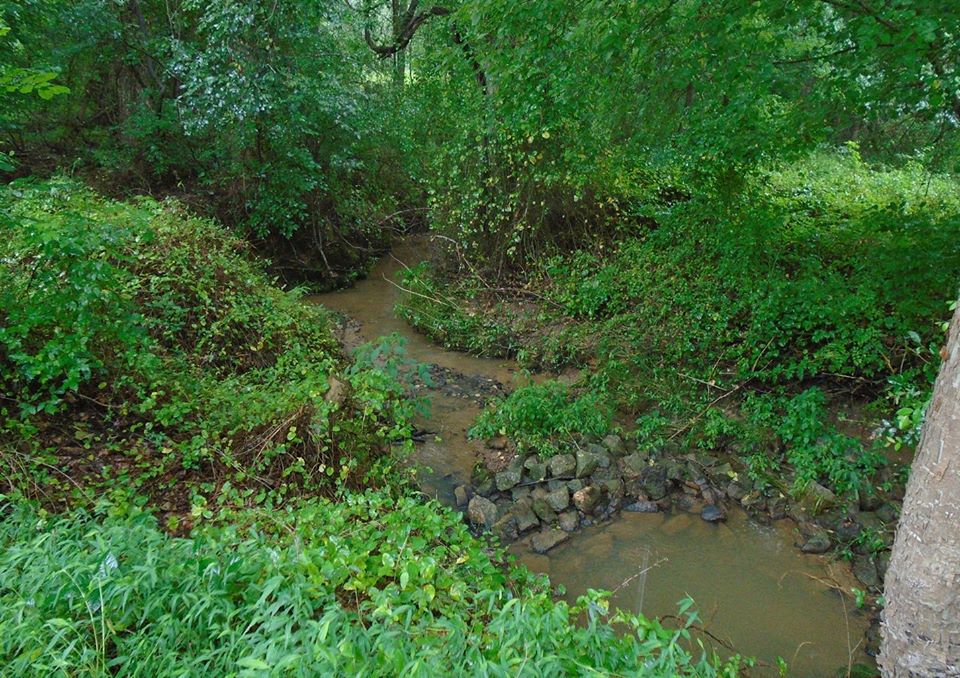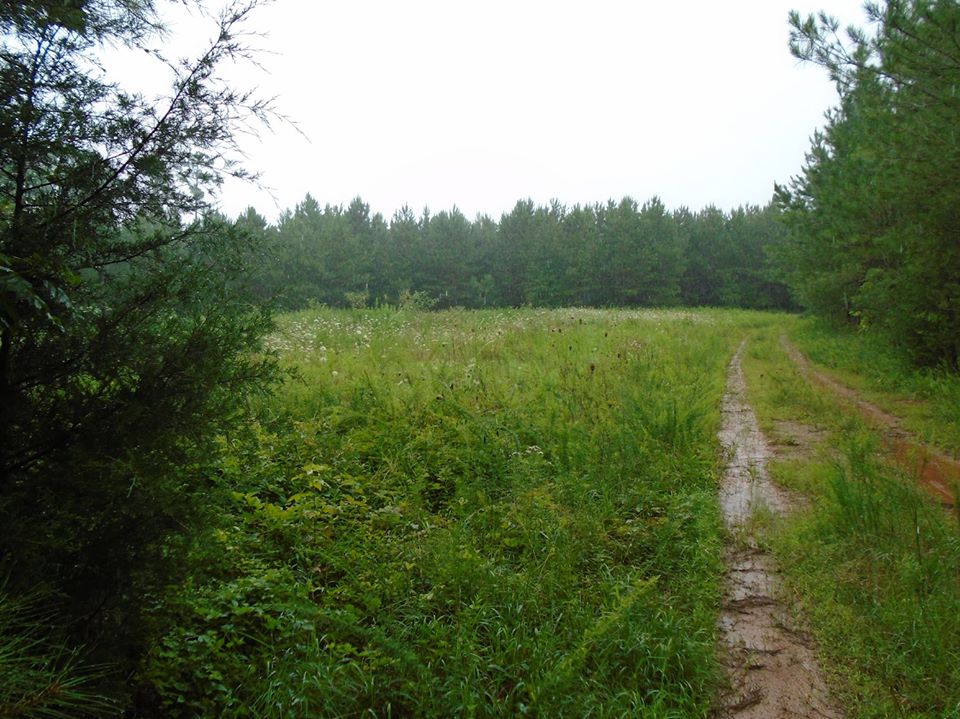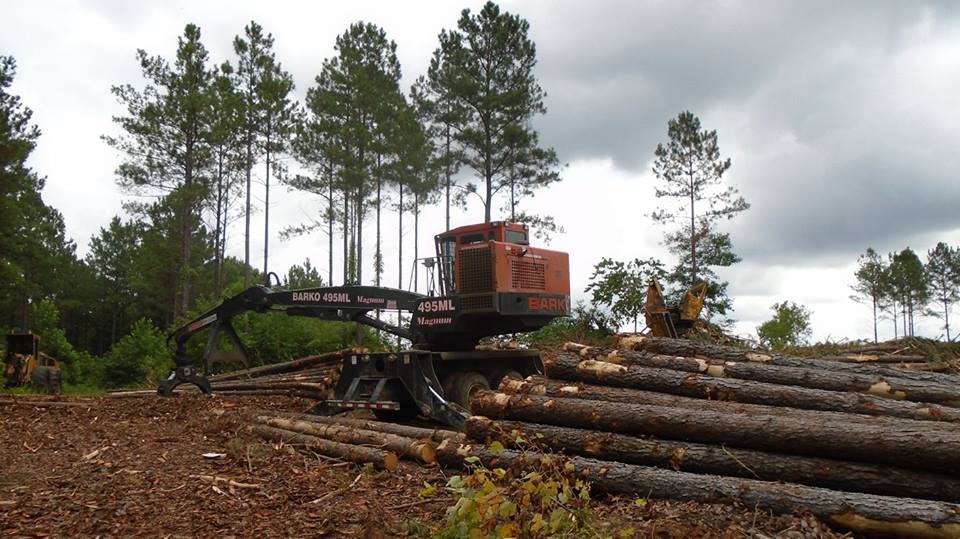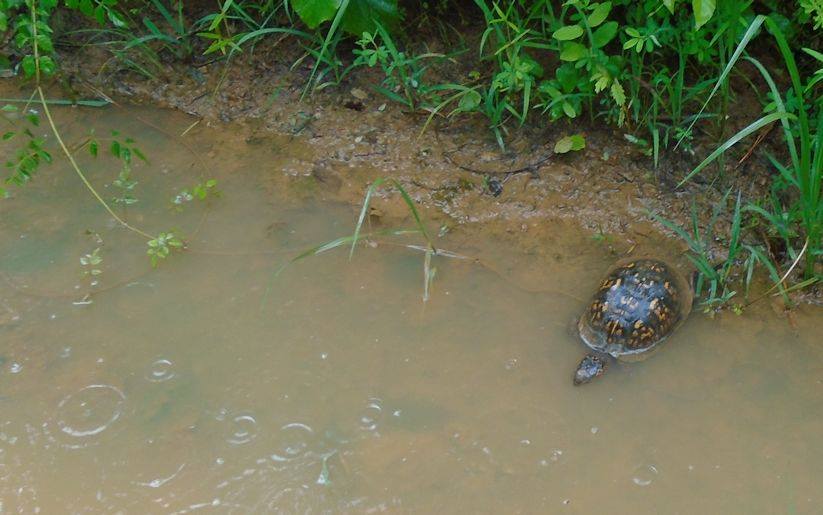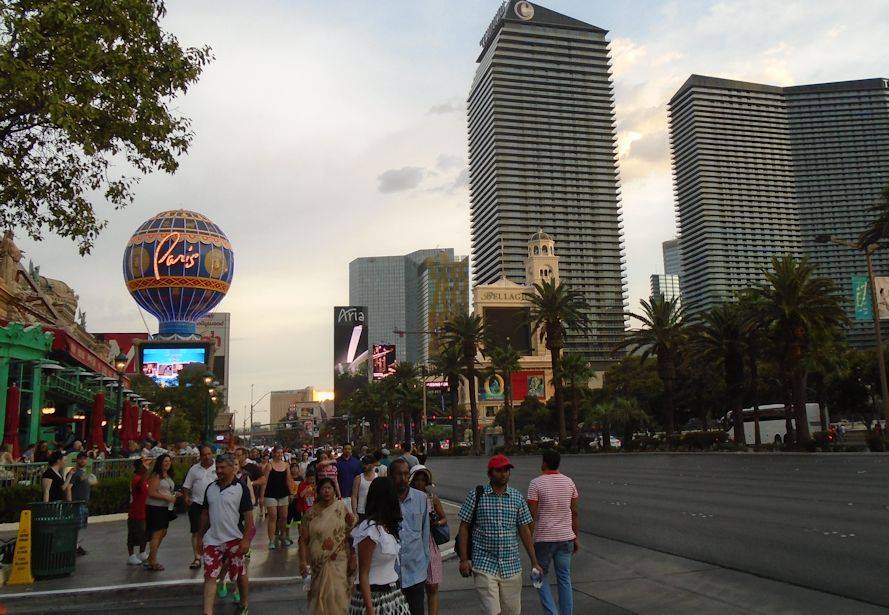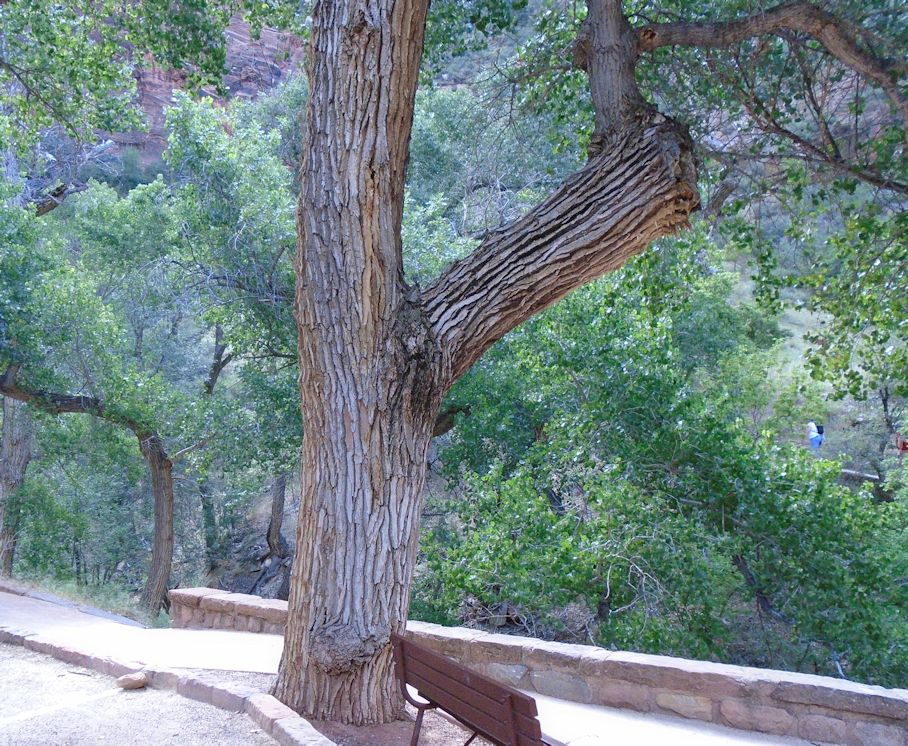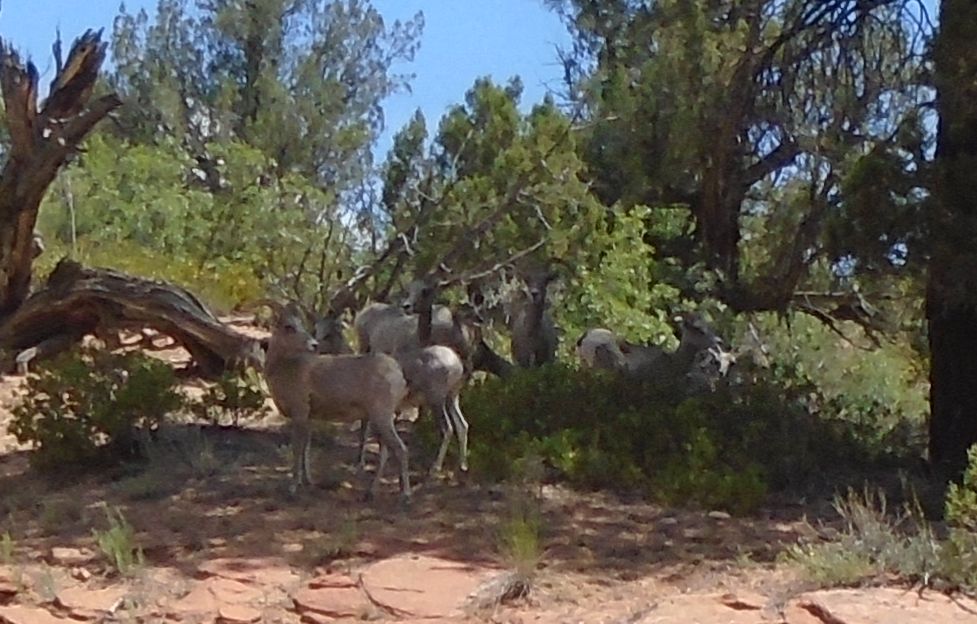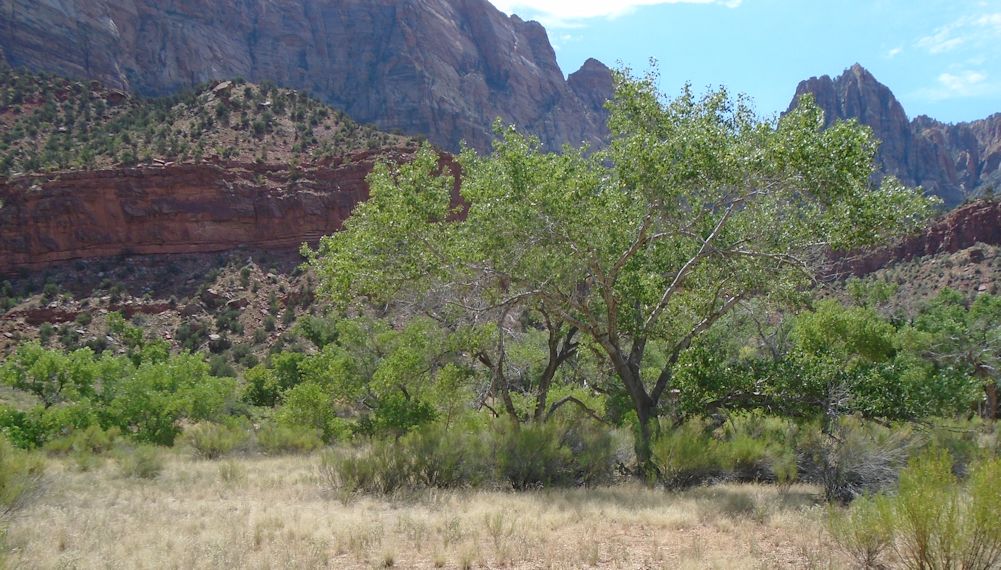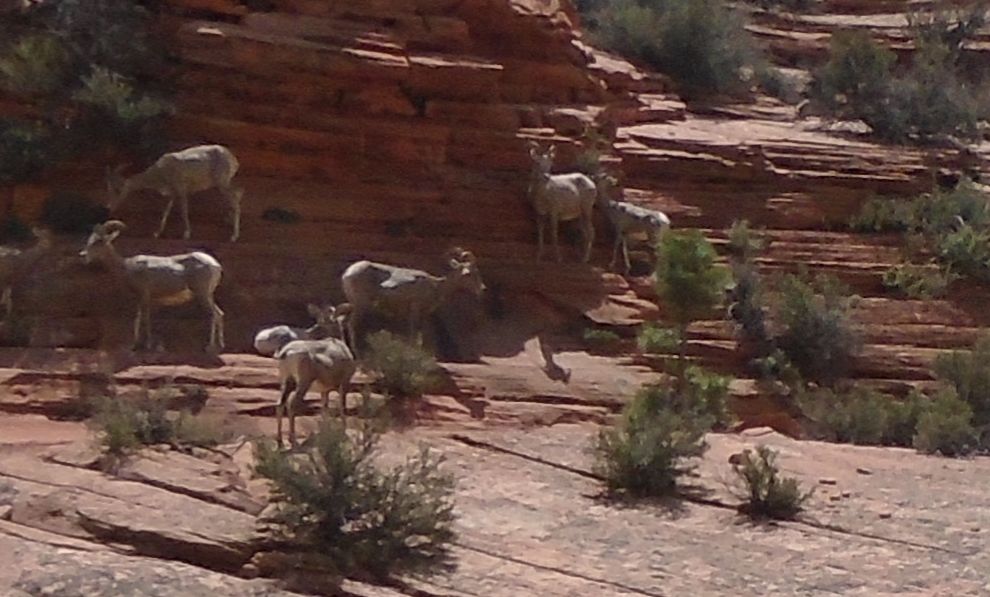Post 5 – Arlington has lots of quiet streets with big trees and riding through them is another pleasant part of the morning ride. Next is Pershing. You really cannot see on the picture, but there is a stop light at the bottom of the hill. And I know it doesn’t look very much like a hill on the picture, but it is one. If it is red when I get to the spot on the picture, I start down the hill, since it will be green when I get there. If it is green, I wait, since I don’t want to stop at the bottom of the hill just to start again. When you ride a bike, you anticipate things.
Next is Hwy 50 looking back at Pershing. This is a very long light, as much as four minutes. I almost always get caught there.
This new bike trail shown in the last picture parallels Route 50 and is a great addition. They built it only last year. I used to go through Fort Meyer, but that is closed off now. The alternative takes you miles away though not as pleasant streets. You could not go down Route 50 on a bike and expect to live very long, so you went way around. This trail takes care of the problem. Sometimes the horses are grazed near the bike trail, giving it a nice farm smell.

